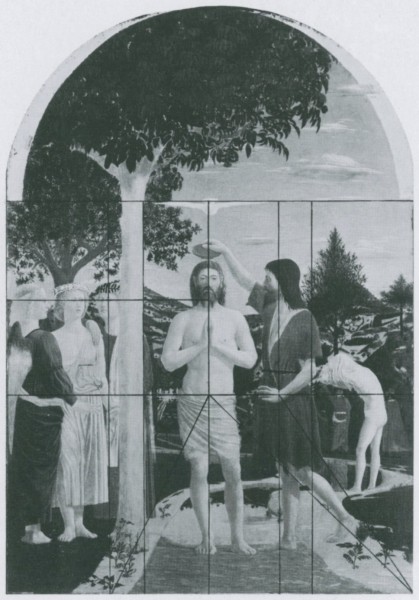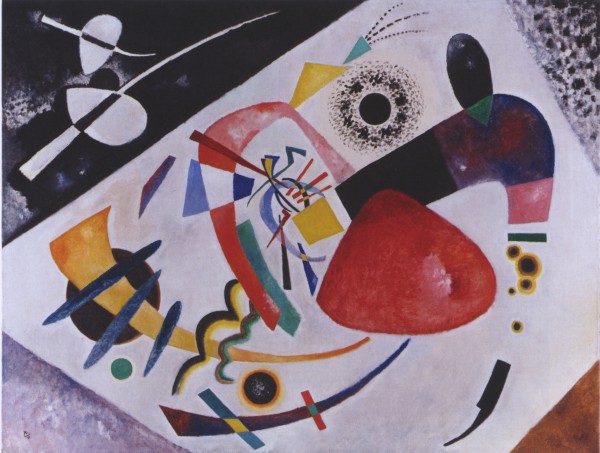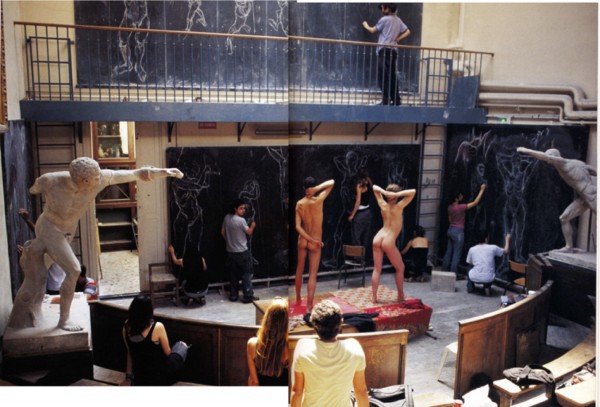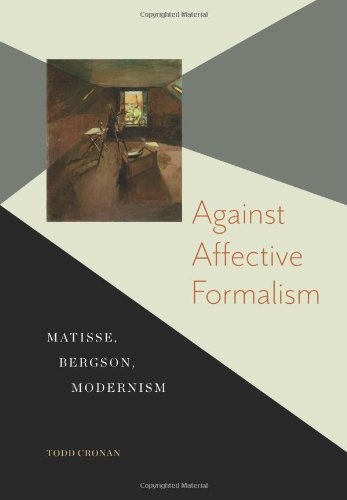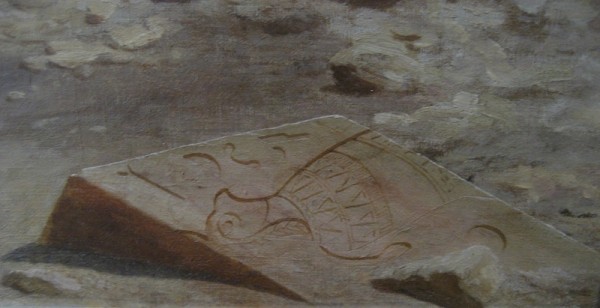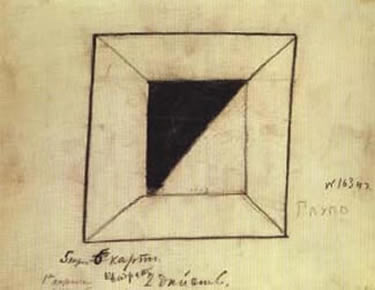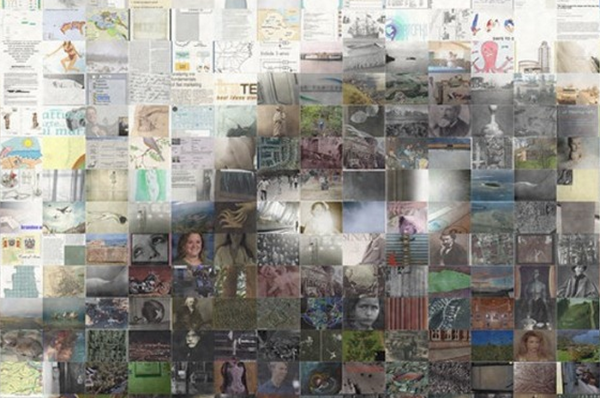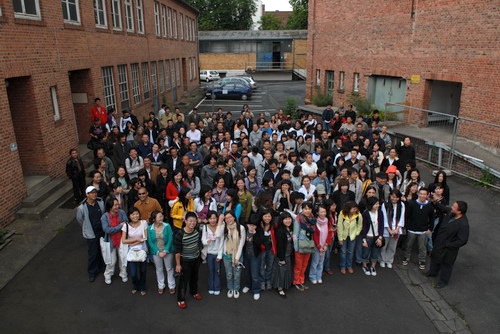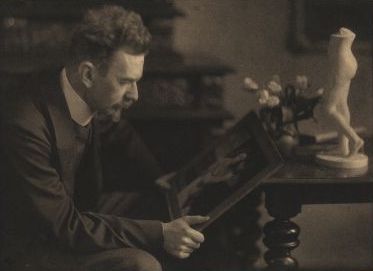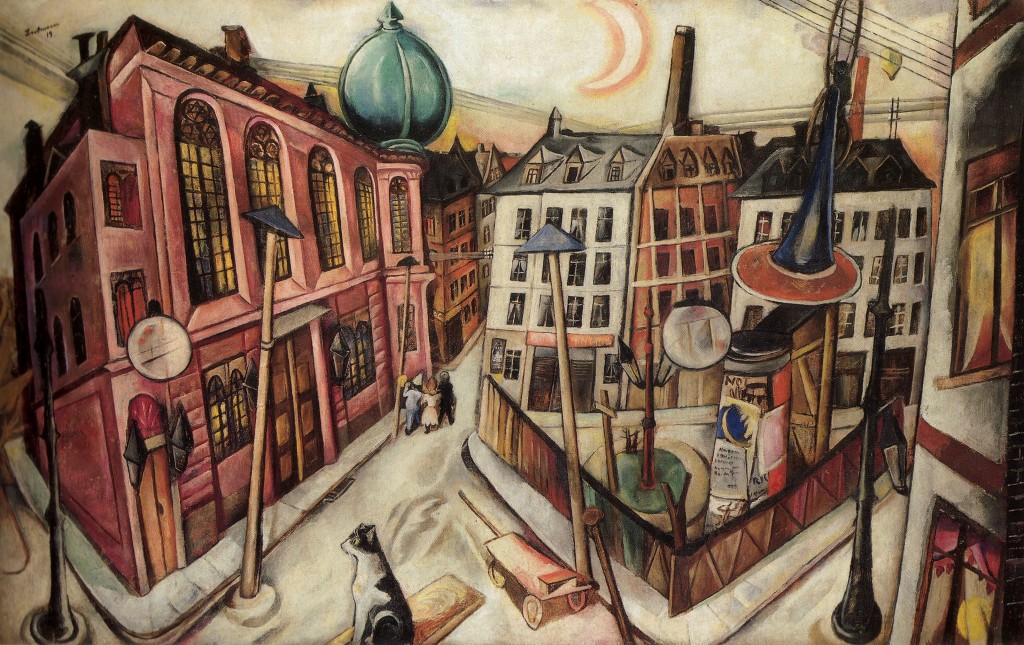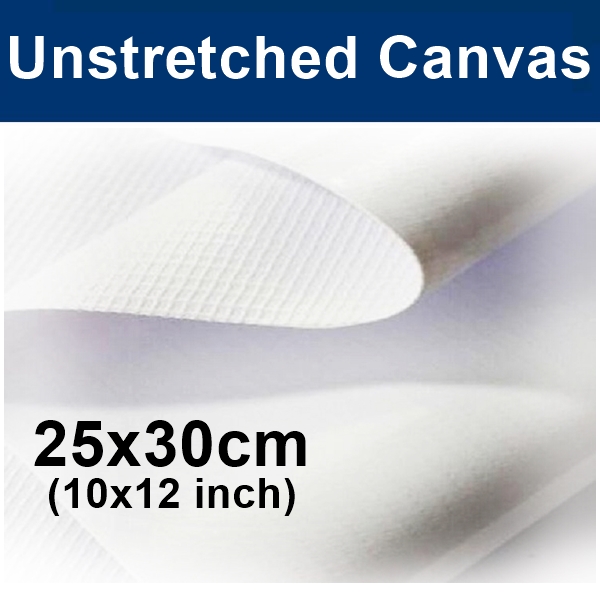
Footnote Number 6: Art and Objectness
In footnote number 6, however, he directly addresses Greenberg’s axiom, and the specific condition of painting. There is a sense in it of an intuitive recognition that for the enterprise of modern painting, Greenberg had the cart before the horse. We know the horse is in front of the cart because the pulling function of the horse is attached to the steering mechanism of the carriage. Greenberg, in this instance, like Joshua Reynolds, seemed more concerned with the status of the carriage, that is, painting as an Art, than with its use-function. What we can glean from Fried is that flatness and the delimitation of flatness is a functional mechanism of the art of painting, and was, at the time, steering the direction that painting was going in.

